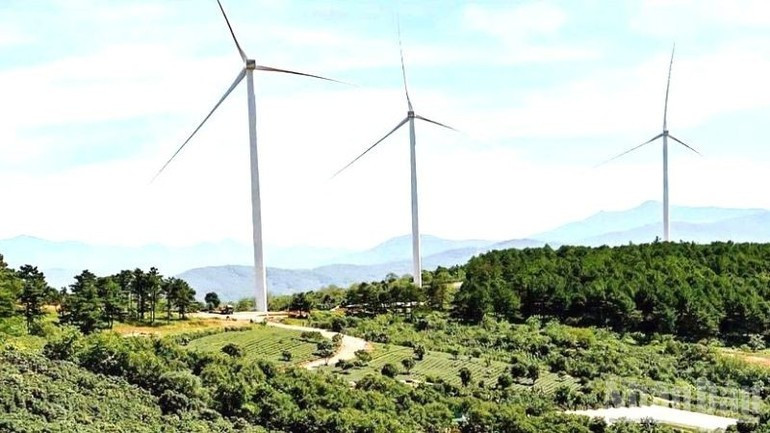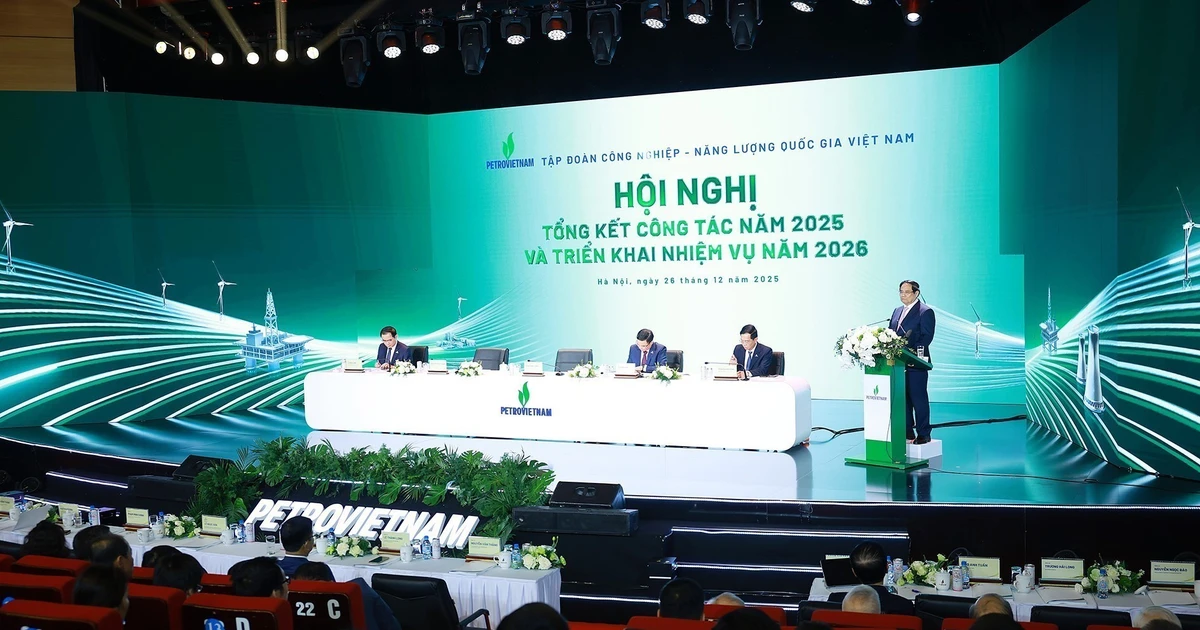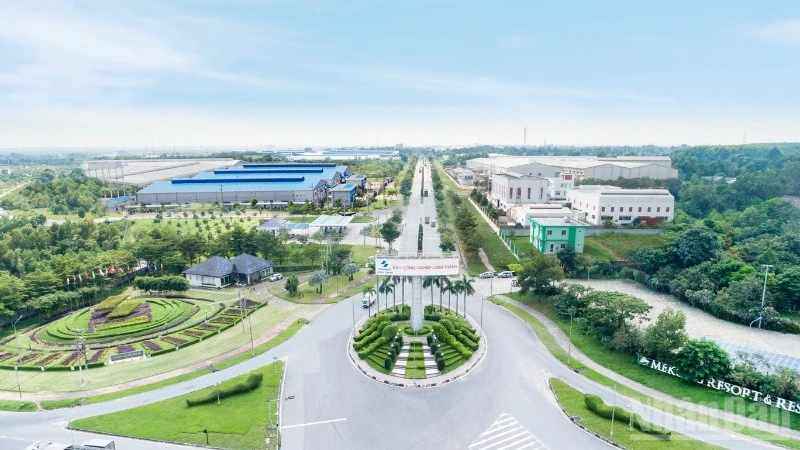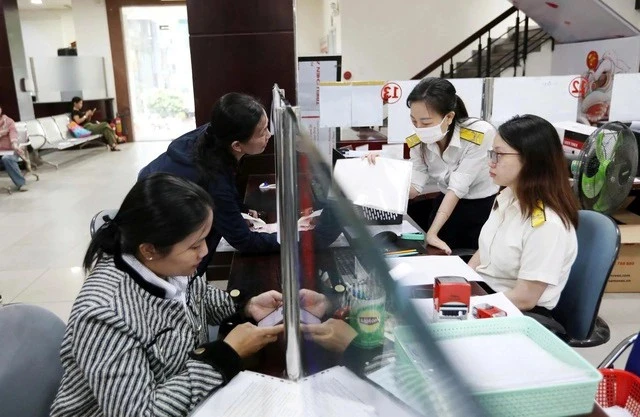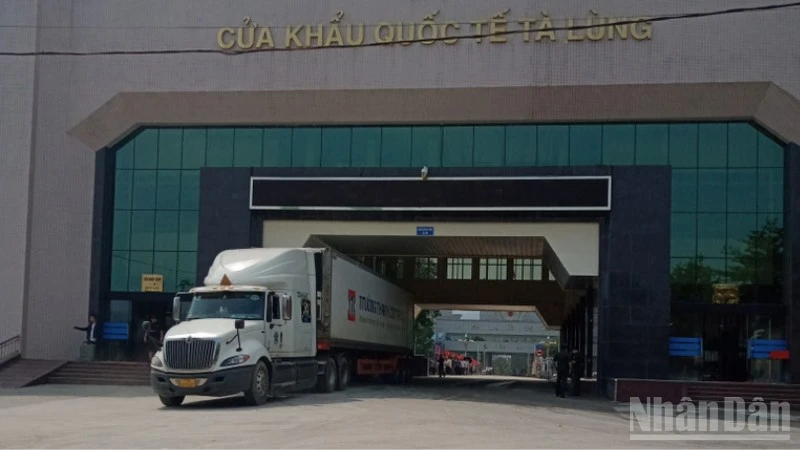From being almost absent on the regional clean energy map, Viet Nam has risen to the forefront of Southeast Asia with cumulative solar power capacity reaching around 18.6GW in 2023, and a combined solar and wind capacity surpassing 21GW. Notably, most of these projects have been invested in and operated by the private sector, reflecting the growing ability of Vietnamese businesses to mobilise capital, manage projects, and adopt advanced technologies.
According to the World Bank, Viet Nam will need to mobilise about 135 billion USD for the energy transition between 2021 and 2030, an average of 13.5 billion USD annually, with 75% expected to come from the private sector.
Experts note that this opens opportunities for private enterprises across multiple stages: from project development, equipment supply, and technical services to smart energy management solutions. The introduction of the Direct Power Purchase Agreement (DPPA) mechanism also enables manufacturers to sign long-term contracts with renewable energy developers, helping to stabilise costs while ensuring compliance with ESG (environmental, social, and governance) standards.
In parallel with the energy transition, carbon pricing mechanisms are becoming crucial tools for promoting green growth. Viet Nam has launched a roadmap to establish a domestic carbon market from 2025, aiming for full operation by 2028–2029, focusing on high-emission sectors such as power, steel, and cement.
In the initial phase, most emission allowances will be allocated free of charge to ease the burden on businesses. However, this mechanism will provide the legal foundation for companies to learn to accurately calculate carbon costs, thereby encouraging investment in technological innovation and cleaner production solutions.
At later stages, the scope of industries will expand, free allocations will gradually decrease, and carbon credit auctions and trading will become mainstream, in line with international practices. This will form the basis for Vietnamese enterprises to comply with domestic regulations while demonstrating competitiveness in global markets.
Experts also highlight the carbon market as a new business opportunity. Companies that invest early in energy-efficient technologies, by-product recycling, or afforestation for carbon absorption could generate surplus carbon credits to sell. With their dynamism and flexibility, private firms are well positioned to be the first movers.
If Viet Nam develops a transparent, internationally recognised carbon credit system, domestic enterprises could participate in regional and global markets, thereby attracting more foreign currency and green investment.
Of course, both the energy transition and the carbon market come with challenges. Clean technologies, energy-saving equipment, and renewable projects all require large investments, while most Vietnamese private enterprises are small and medium-sized. Access to green credit remains limited due to a lack of collateral and non-compliance with banking criteria. Domestic financial institutions also lack comprehensive mechanisms for assessing environmental risks.
In addition, many companies lack personnel with expertise in ESG standards, MRV systems (measurement, reporting, and verification of emissions) or international green certifications, making it difficult to access export markets with strict requirements.
The legal framework and supporting infrastructure are also incomplete: the competitive electricity market, DPPA mechanism, transmission grid planning, and unified green standards are still under development. Likewise, foundational conditions for the circular economy, such as waste sorting at source, reverse logistics, recovery and recycling systems, and unified recycling standards, are either absent or ineffective, hindering large-scale implementation.
Experts recommend that, for the private sector to truly unlock its potential in the green transition, obstacles relating to capital, technology, institutions, and infrastructure must be addressed. These are the fundamental conditions for enterprises to enhance competitiveness, gradually take on a pioneering role in green growth, and make meaningful contributions to Viet Nam’s Net Zero commitments.
